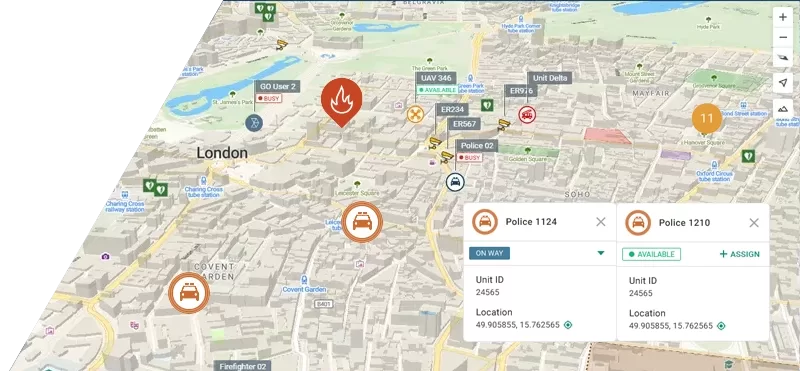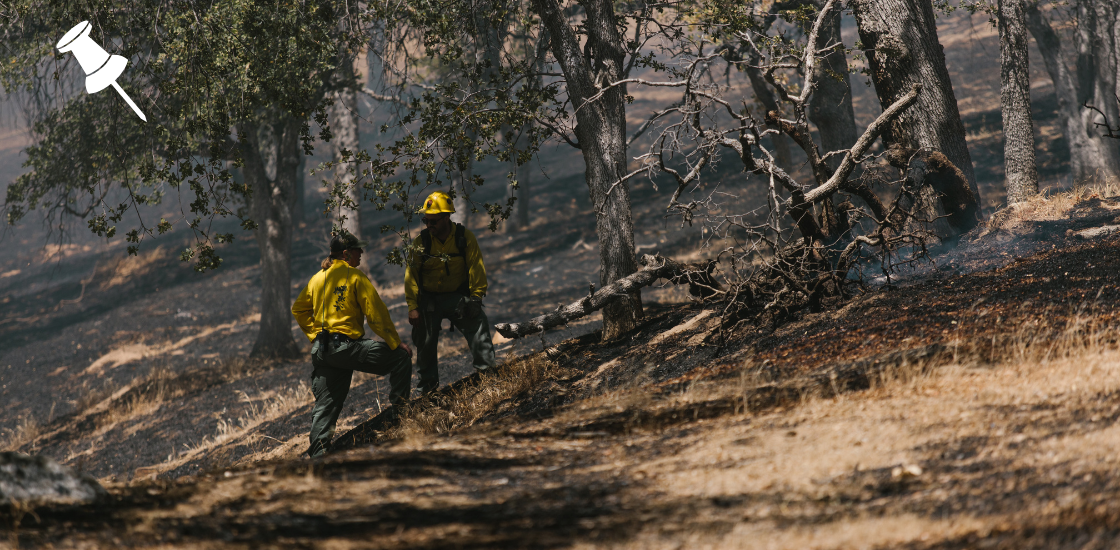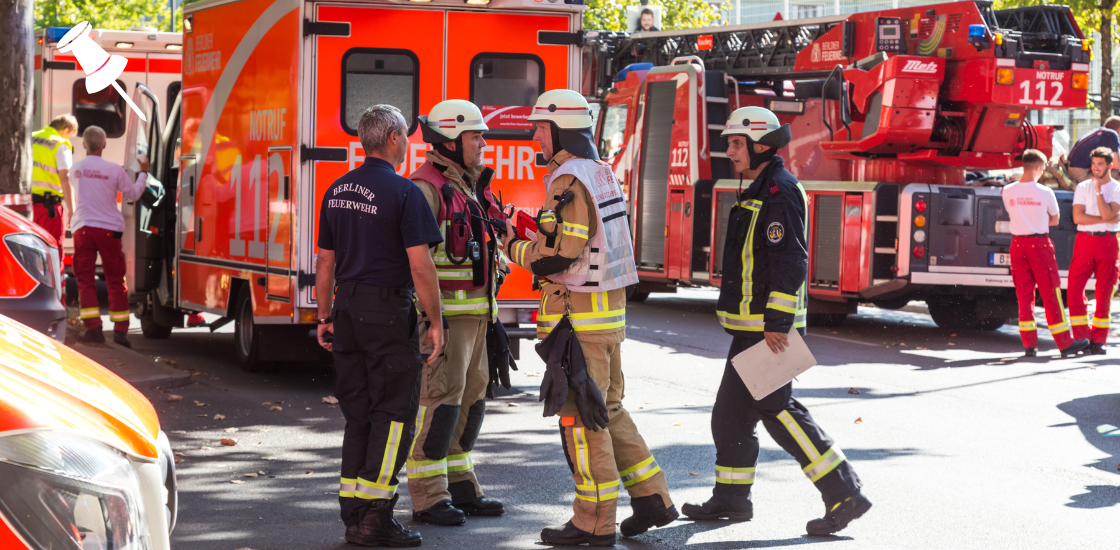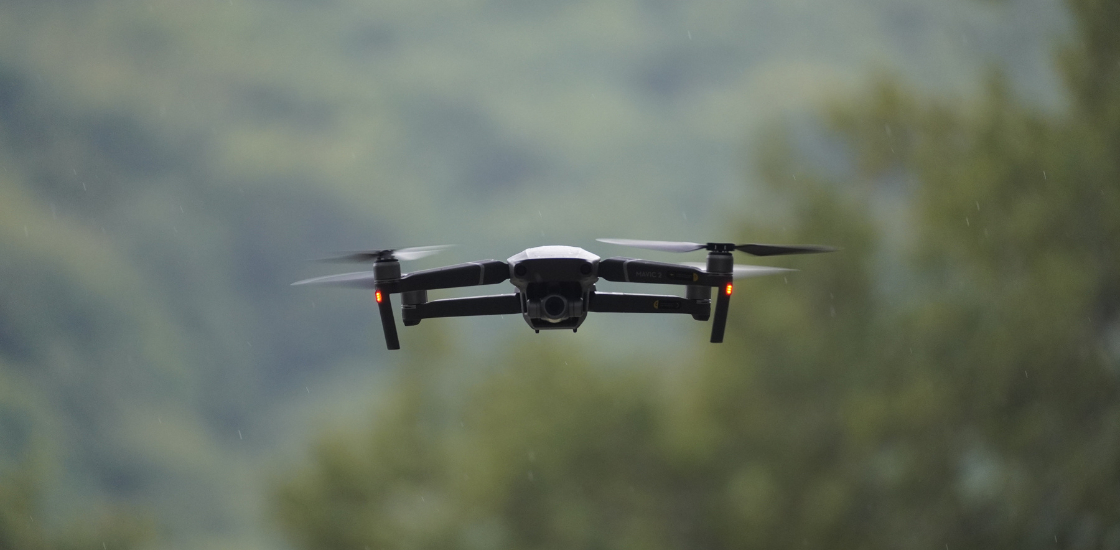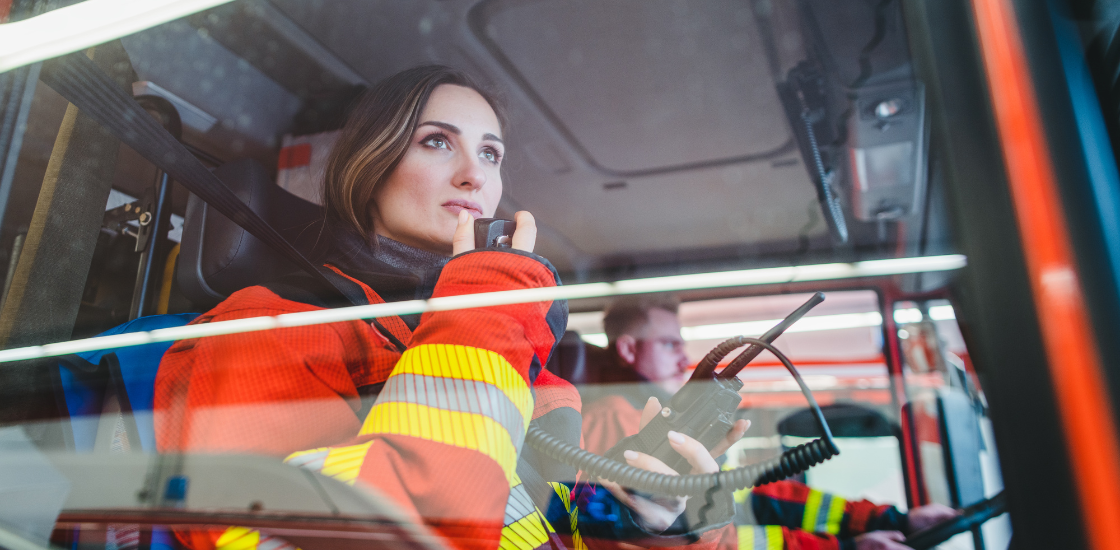DMR radios offer a more accessible and scalable alternative to traditional systems, providing professional-grade performance without the heavy infrastructure costs. While TETRA has long been the gold standard for emergency and public safety communication, DMR bridges teams in the field with dispatch centers and integrates seamlessly with systems like Smart CAD, turning voice channels into fully connected operational networks.
Table of Contents
Why DMR Radios Still Matter
Despite the rise of smartphones and cloud-based tools, radio communication remains the backbone of many industrial operations. Unlike mobile networks that can be unreliable in remote or enclosed environments, DMR radios work wherever you need them to, even in places where there’s no mobile signal or where regular communication would collapse under network congestion.
DMR technology uses digital signal transmission, which delivers clearer audio, longer battery life, and enhanced data capabilities compared to analog radios. It also utilizes two-slot TDMA (Time Division Multiple Access), meaning it effectively doubles channel capacity on the same frequency. This makes it an efficient, cost-effective solution for organizations managing large teams or multiple sites.
Other advantages include:
- High reliability: Operates independently of public networks.
- Scalability: Grows with your organization, from small groups to large regional systems.
- Security: Digital encryption ensures that communication stays private and protected.
- Interoperability: Works across multiple manufacturers thanks to open standards.
These features make DMR a practical fit for industries like transportation, logistics, utilities, private security, manufacturing, and energy, where efficiency and safety are always under pressure.
Smart CAD Integration: From Voice to Visibility
While DMR radios provide dependable communication, their full potential emerges when combined with Smart CAD (Computer-Aided Dispatch). This integration links traditional radio networks with modern digital dispatching tools, creating a unified ecosystem where voice, location, and data work together in real time.
With DMR integrated into Smart CAD, dispatchers can do much more than just talk to teams. They can monitor positions on live maps, assign tasks, track progress, and manage incidents all through one interface.
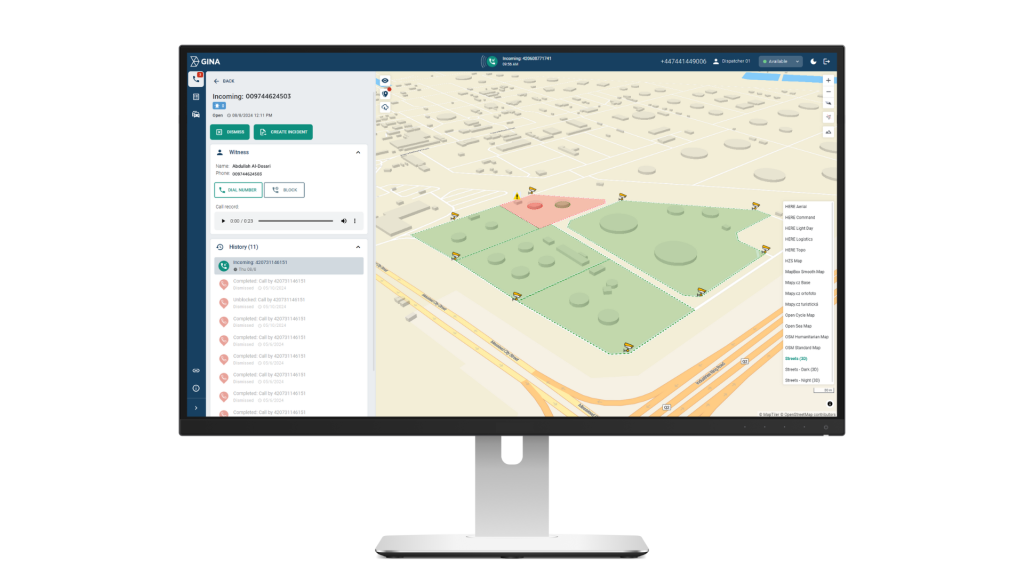
Here’s what the integration brings to the table:
- Real-time visibility: DMR radios equipped with GPS send location data directly to Smart CAD. Dispatchers can instantly see where field units are and allocate resources more efficiently.
- Unified communication: Voice communication and digital tasking are handled in one environment, eliminating the need for multiple systems.
- Safety monitoring: Emergency alerts sent from radios appear instantly in the CAD system, allowing dispatchers to respond to critical events without delay.
- Automated workflows: Smart CAD can trigger notifications or log activities automatically when a radio user changes status or enters a defined area.
- Data insights: Reports and analytics provide visibility into field operations, helping managers optimize team performance and resource planning.
This integration not only improves coordination but also creates a foundation for smarter, data-driven decision-making.
Practical Use Cases
1. Transportation and Logistics
Fleet managers can use DMR and Smart CAD to track drivers, communicate instantly, and manage routes in real time. Even when vehicles travel through areas with weak mobile coverage, DMR ensures constant contact, while Smart CAD provides live mapping and dispatch updates.
2. Utilities and Construction
Large sites and distributed field teams often face communication gaps. DMR radios provide the stability and clarity workers need to stay safe and efficient. When paired with Smart CAD, dispatchers can see which crews are available, track maintenance work, and respond faster to service calls or safety incidents.
3. Private Security and Event Operations
Private security firms and event organizers rely on DMR to coordinate teams in real time without interference or downtime. Smart CAD integration gives control centers a clear overview of active patrols, response times, and on-site alerts, improving safety and accountability.
4. Industrial and Energy Sectors
Factories, refineries, and energy companies often operate in challenging environments where standard communication tools fail. DMR radios deliver rugged reliability, while Smart CAD links them into a central command platform, enhancing safety, maintenance coordination, and incident management.
Why Smart CAD Makes the Difference
Without Smart CAD, radio communication remains limited to audio exchanges. With it, DMR becomes part of a connected ecosystem that ties communication, tasking, and location data together. Dispatchers can track operations from a central dashboard, while teams in the field receive tasks, updates, and alerts directly through their radios or connected tablets.
This not only streamlines operations but also improves situational awareness across the entire organization. Smart CAD ensures that information flows both ways, from the field to command and back again, without delays or confusion.
Better Communication with DMR and Smart CAD
DMR radios continue to prove their value across industrial and commercial sectors by offering dependable, flexible communication. When integrated with Smart CAD, they evolve into a comprehensive coordination platform that enhances safety, efficiency, and real-time awareness.
The combination of DMR’s reliability and Smart CAD’s intelligence empowers organizations to respond faster, manage operations with precision, and maintain full visibility over their teams, even in the most demanding environments.
Explore how Smart CAD improves coordination, safety, and communication.
